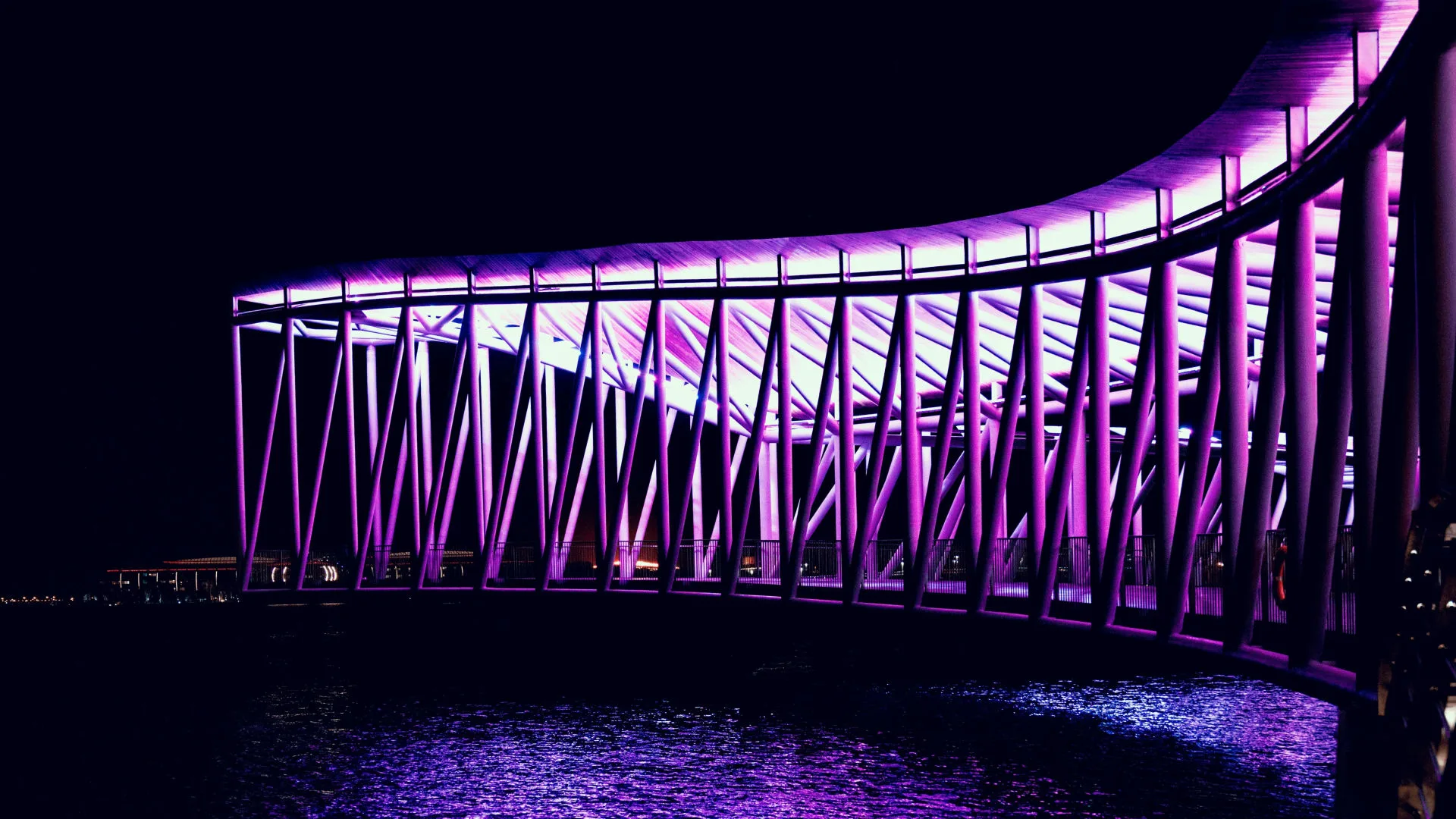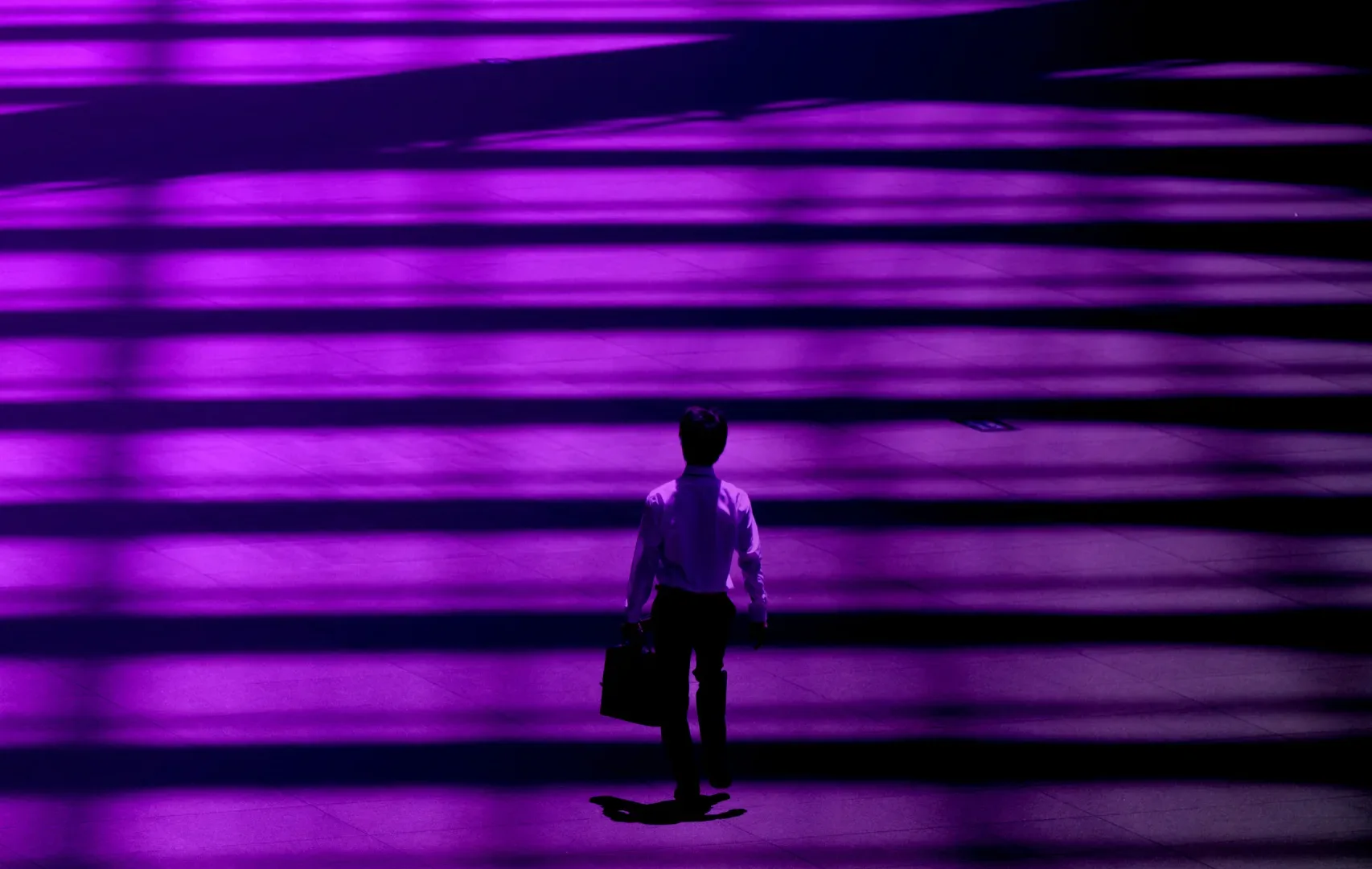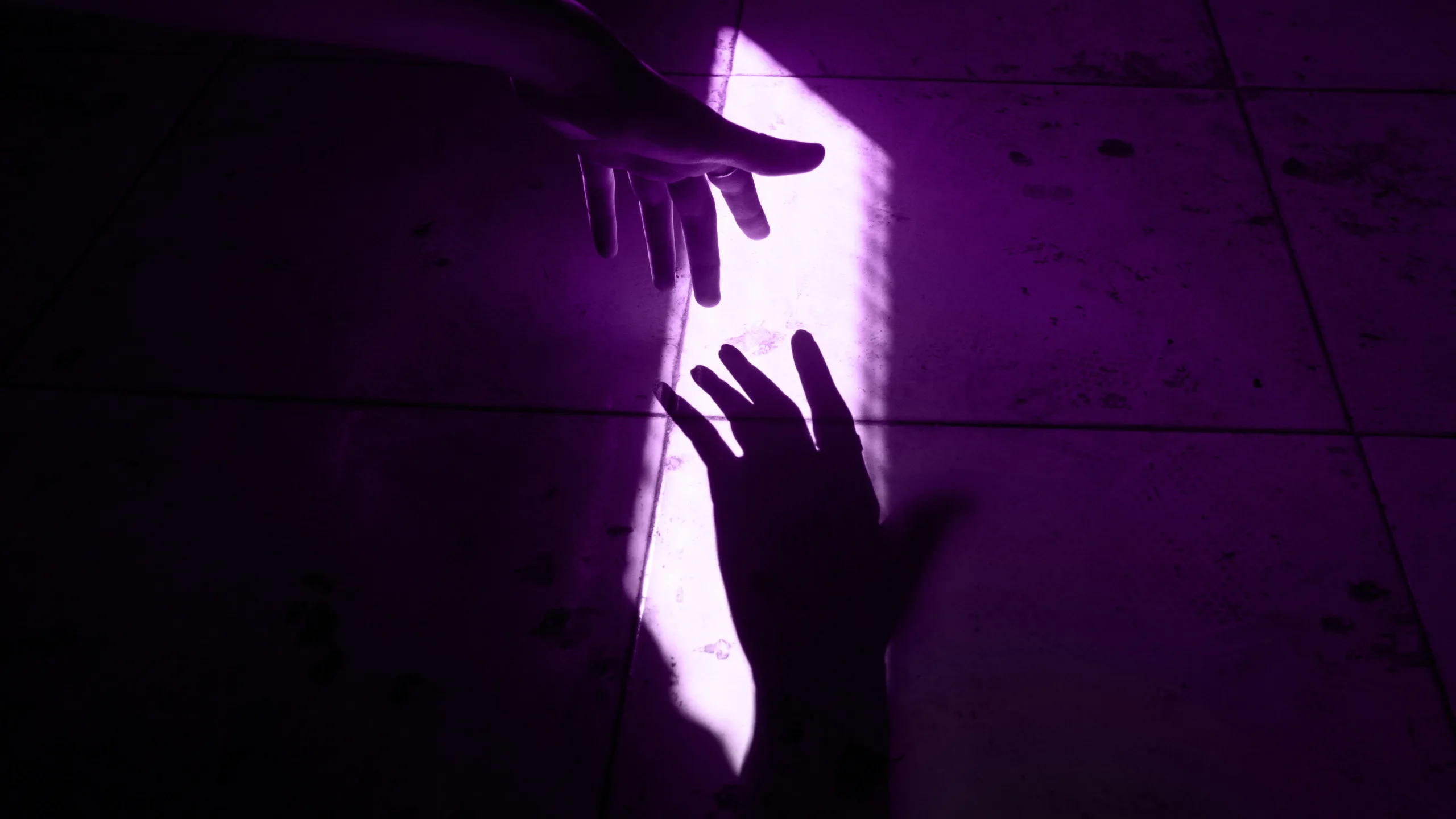Brands that stand the test of time need more than an eye-catching logo or a creative advertising campaign.
These elements may enhance your brand image but do not define your brand identity. The true strength and enduring nature of a brand extend beyond mere aesthetics; they are deeply rooted in the core strategy, unique differentiation, and alignment with the values and expectations of the target audience.
To develop a strong and lasting brand, you must craft a solid brand strategy with compelling differentiators. Differentiating through design is essential to setting your brand up for success and longevity. So, what exactly is a brand design? How does it connect with brand strategy? And how does it impact your bottom line?
This article will delve into the correlation between brand design and brand strategy. We will explore how they are inextricably linked and why the fusion between design and strategy is vital for building a brand that resonates with customers on an emotional level.
Brand Design
Embarking on a brand design exercise without understanding the underlying brand strategy is akin to building a house without blueprints. The results might appear adequate, but without a central narrative and core purpose, they can quickly crumble.
Creating a brand solely from random visual assets will likely result in a fragile and inconsistent brand. Conversely, a brand based solely on a strategy without any design or creative manifestation will not establish emotional connections with its target audiences. Both scenarios underscore the delicate balance required between design and strategy.
Understanding Emotion in Design
Research has demonstrated that humans tend to make emotional decisions rather than rational ones. We even validate this with our clients when discussing brand color, studies have shown that about 90 percent of snap judgments about brands depend on color alone.
This principle extends beyond color; brand design forms the emotional bridge between the brand and the customer. It builds trust by focusing on shared values, problem-solving, and community engagement. A company that neglects this emotional connection risks alienating customers. By designing with a focus on creating a sense of shared values, solving pain points, and creating a community, brands can build a sense of reliability and trust.
Translating Strategy into Experience
A brand design translates the business strategy into a multi-sensory customer experience. For your brand to resonate, it must engage all five senses of your target customers. Think of iconic brands like Coca-Cola; their visual, auditory, and even olfactory cues are unmistakable and foster deep connections with their customers.
This principle extends beyond color; brand design forms the emotional bridge between the brand and the customer. It builds trust by focusing on shared values, problem-solving, and community engagement. A company that neglects this emotional connection risks alienating customers. By designing with a focus on creating a sense of shared values, solving pain points, and creating a community, brands can build a sense of reliability and trust.
But a strong brand identity and visual language can only come to fruition through a strong brand strategy, after all, they are two sides of the same coin. Design and Strategy share a symbiotic relationship in which they need and help each other to create a holistic, strong, and lasting brand.
Brand Design does not operate in a void. It thrives in diverse environments, continuously striving to amplify the brand it carries and building perceptions that become realities. When brand strategy is merged with strategy-led design, you now have a perfect recipe to shape brand perception.
Apple is a prime example of matching its brand design to its strategy. With its sleek design and minimalist aesthetic, Apple has created a brand that embodies innovation and quality. The brand also represents its purpose which revolves around technology that is easy to use and hassle-free. From products to communication to the minimalist retail experience, Apple has focused on driving home its core narrative to differentiate itself from its primary competitors.
The Image Dimension
At Brand Lounge, we seamlessly integrate brand strategy and design through our four dimensions of differentiation. A differentiated design language has to be built on four fundamental approaches: strategic, timeless, functional, and authentic.
- Strategic Design means aligning any creative elements to a core purpose behind the brand and ensuring that a story can be told through those elements.
- Timeless Design not only relies on current trends but also shapes a language that continues to be relevant to audiences long-term.
- Functional Design brings solutions to the table; we don’t design for the sake of looking pretty but rather to help build a better world.
- Authentic Design means staying true to your audience and connecting with them through relevant emotional experiences.
After defining a brand strategy, we initiate the design process by translating that strategy into “creative territories.” These are suitable design directions based on brand positioning. Once the brand’s personality is defined, brand design consultants dial up or down the ratios of each trait to best serve the visual identity approach. Color selection, typography, and imagery all become strategic exercises contextualized against the existing competitive landscape.
This alignment is not a mere cosmetic application; it involves deep understanding, innovation, and iteration. It’s about creating a unified, coherent brand language that speaks directly to the heart and mind of the target audience.
A Flexible Approach for a Long-lasting Outcome.
Strategic design requires flexibility. The brand design process must remain fluid and agile, allowing room to explore, experiment, fail, and retry as needed. This creative freedom is a potent catalyst for innovation and uniqueness. At Brand Lounge, our structured yet flexible approach ensures that creativity and inspiration remain center stage. The core goal is to stay true to the brand strategy and narrative, leading to a solid creative manifestation that resonates with the target market.
Aligning design with brand strategy should not be just another checkbox on a long list. The design process needs to be a methodical and deliberate approach that merges the brand’s core values with its visual identity. By melding design with strategy, you will build a visually appealing brand that resonates with consumers, not just today but for years to come.
In today’s digital world, saturated with fleeting trends and transient loyalties, implementing strategy-led brand design is not just good practice; it’s vital for survival. Merging your brand design with your brand strategy could be the difference between a brand that fades into obscurity and one that stands as a beacon of innovation, trust, and connection.
In the end, strong brands are built where design and strategy converge. This is not just mere theory, it’s proven practice, manifested in some of the world’s strongest brands. Brands aspiring to grow and leave an indelible mark in the minds of consumers would do well to heed the insights contained in this exploration of strategy-led design.
If you’re experiencing difficulty in aligning your brand strategy with your brand design, get in touch with our consultants and allow us to help you create a strong and strategically sound brand.

Contributed by: Mo Saad
Head of Design & Creative Impact





